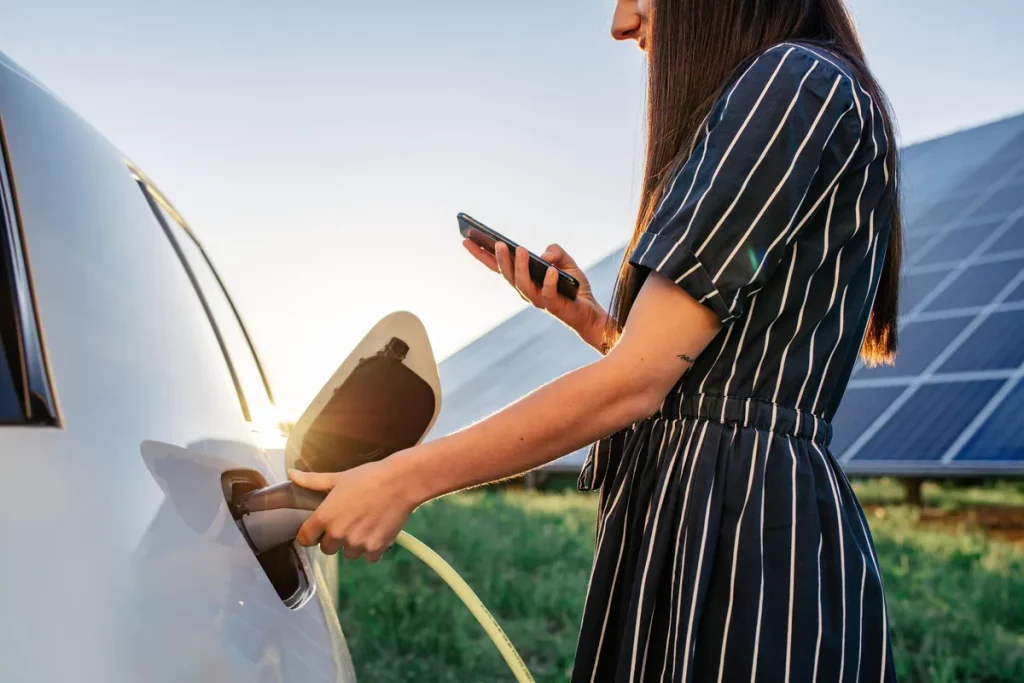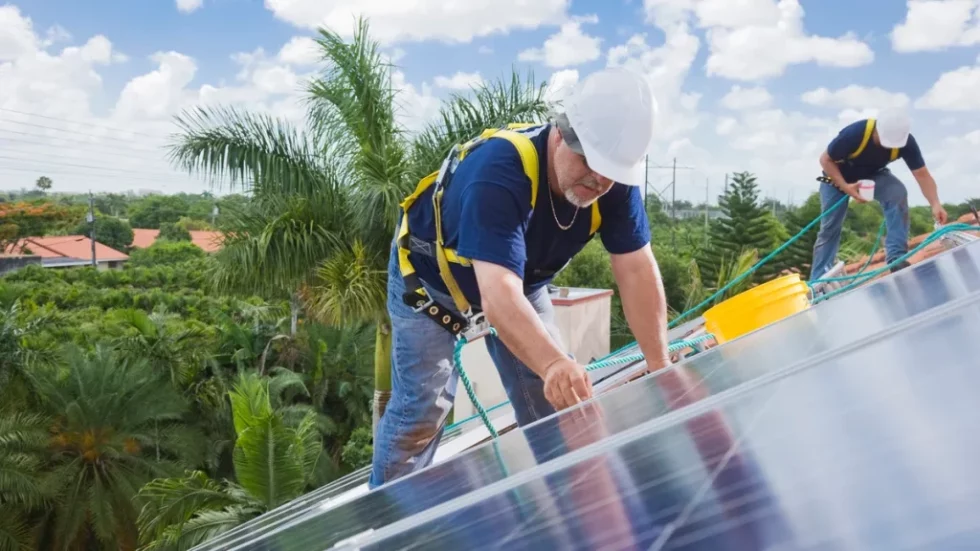Are you considering solar panels? Like many Americans, you may want to help the environment by providing your home with an alternative power source when the grid goes out. But solar panels are expensive, and purchasing one is a big financial decision. Before you invite a team of solar installers to your roof, you need to know when or if the panels will pay for themselves and save you money on your electric bills.
What is the payback period of solar panels?
This is an important number that shows how long you can expect to see real returns on your investment, usually several years. Solar payback periods can vary greatly and also depend on how you paid for the system in the first place.

Factors affecting your solar payback period
No two solar systems are the same, which means no two solar payback periods are the same. Estimating your potential payback period depends on many variables.
Total solar system cost
The more you pay upfront for your system, the longer it will take to recoup your costs. Solar energy systems can range from a few thousand dollars to tens of thousands of dollars, depending on where you live, your electrical needs, and the type of system you want to install. It goes without saying that the higher the price, the longer the payback period.
Let’s take another look at the formula: (Total solar system costs – discounts) / Annual electricity bill savings = Payback period in years
Why is it important to know your payback period?
But again, it depends on your goals and comfort level. For example, if you plan on moving or selling your home in the near future, this change is a consideration. You may not be home to see the payback in terms of electricity savings, but you may see a higher sales price for your home. If you know your roof will need to be replaced soon, you should definitely wait until that’s done before installing solar panels on it.




